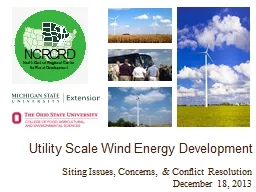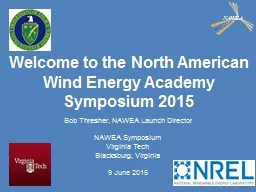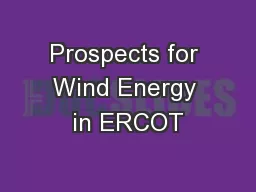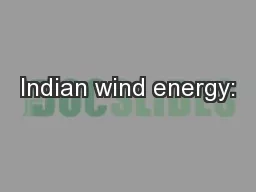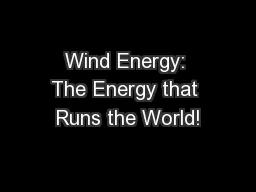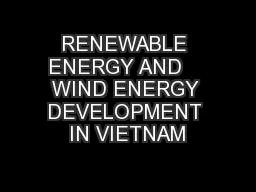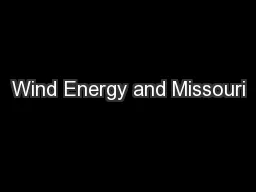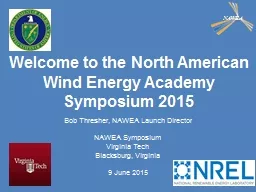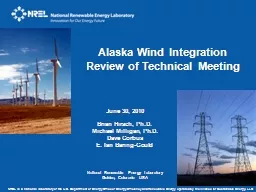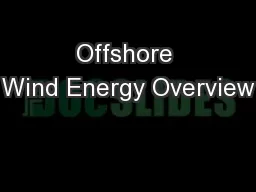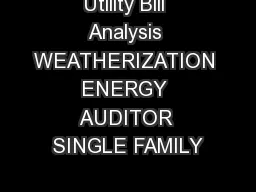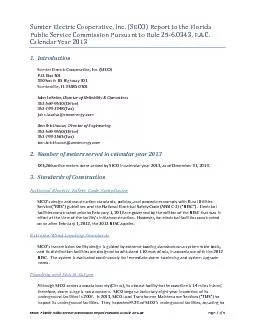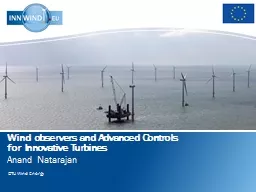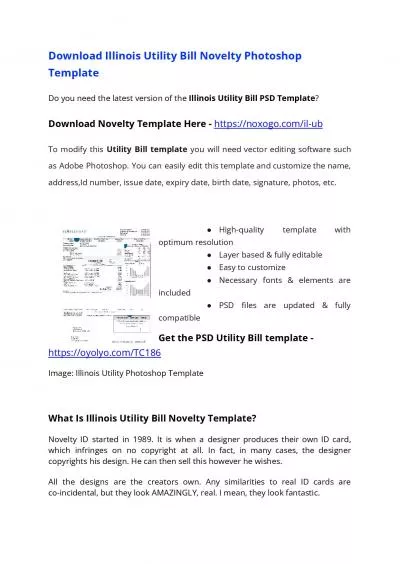PPT-Utility Scale Wind Energy
Author : pasty-toler | Published Date : 2018-03-13
Development Siting Issues Concerns amp Conflict Resolution December 18 2013 Todays Presenters Eric Romich Field Specialist Energy Development at Ohio State University
Presentation Embed Code
Download Presentation
Download Presentation The PPT/PDF document "Utility Scale Wind Energy" is the property of its rightful owner. Permission is granted to download and print the materials on this website for personal, non-commercial use only, and to display it on your personal computer provided you do not modify the materials and that you retain all copyright notices contained in the materials. By downloading content from our website, you accept the terms of this agreement.
Utility Scale Wind Energy: Transcript
Download Rules Of Document
"Utility Scale Wind Energy"The content belongs to its owner. You may download and print it for personal use, without modification, and keep all copyright notices. By downloading, you agree to these terms.
Related Documents

